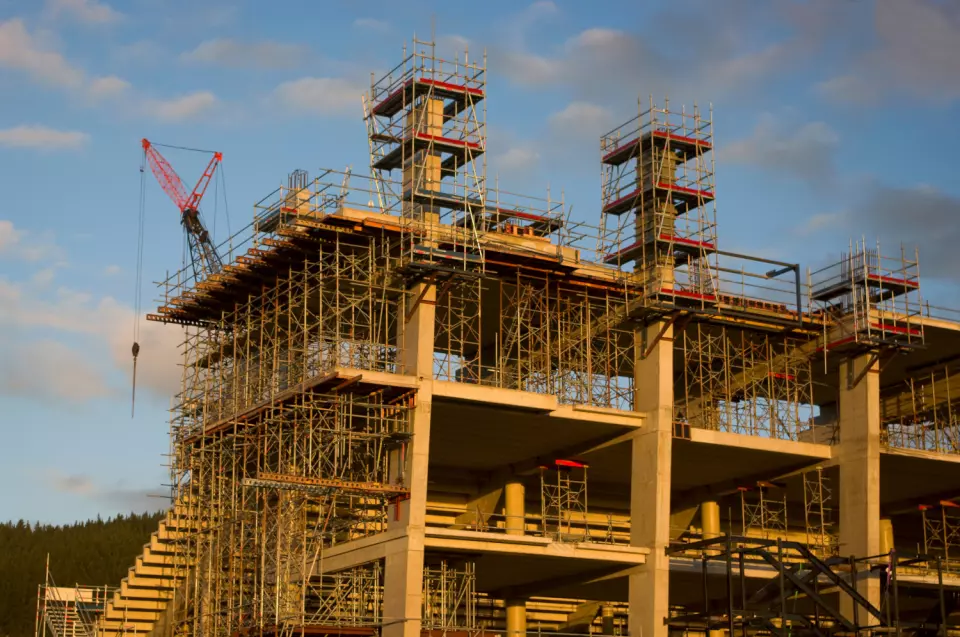Construction management platform streamlines projects and costs.
Construction companies go bust at a rate that far exceeds most other businesses. When they do, it almost always comes down to the simplest of economic principles: if profitability can’t be assured, the business must fail. Sustainability is made an order of magnitude more difficult in the absence of accurate, up-to-date information directly from the site through to the back office, particularly in large-scale project delivery.
Chris Skelton, the APAC general manager at Procore Technologies, highlights the importance of real-time data for informed decision-making, saying this is what separates profitable businesses from those that are struggling.
“Many large companies rely on basic technology which can disrupt efficiency and collaboration. In order to consistently deliver successful and profitable projects, companies today need innovative solutions that save time and enable smart decision-making,” Skelton explains.
“Even quite big companies often run on basic technology, and that interferes with the sort of efficiency and collaboration necessary to consistently deliver profitable projects. They need solutions that save time and provide information underpinning decent decisions, rather than relying on gut feel,” says Skelton.
While noting some movement towards digital maturity in the industry as a whole – thanks in part to New Zealand’s world-class broadband networks – Skelton says that for most companies, essential governance and management processes remain manual and reactive.
According to New Zealand’s credit data bureau Centrix, construction companies have made up 25% of businesses placed into liquidation this year, with a staggering 546 in the past 12 months. This signals industry-wide distress.
In other words, the environment might be data and connectivity-rich, but it is information-poor.
“Essentially, there is a move towards understanding that things can be improved by capturing data and digitising processes. However, there’s a chasm – up to 95% of data collected goes unused, and around 30% is lost by the time the project is finished and moves to handover,” says Skelton.
Moreover, the closer one gets to physical construction work, the further away one tends to move from information systems. He describes this gap as separating construction companies from ‘technical proficiency which should be advancing towards self-service business intelligence insights and visualisations’. This means having the ability to know what is happening, run scenarios, and quickly identify whether things are on track or going awry.
This was quickly realised by Metlifecare when it set off on an ambitious expansion. Michael Lisowski, the company’s head of delivery, spoke at Procore’s annual Groundbreak conference in 2023, sharing that it has a construction pipeline of nearly a billion dollars. It plans to deliver around 400 to 450 retirement village units every year to 2026.
“Our team is around 30 people, including third-party design and construction team members. We hire architects, engineers, quantity surveyors, subcontractors, and contractors. With the scale of projects, we're talking about several thousand people – and when we set out on this journey, we had no systems and processes to manage scale and volume,” Lisowski said.
Describing what was effectively an information vacuum, he explained that while a range of data necessary for effective oversight and governance did exist, it simply wasn’t readily available. Board approvals, project documents, blueprints, council submissions, conditions to tender, contracts, insurance, payment records, progress reports, budgets, contingency positions, cash flow; all this data was locked into disparate ‘systems’. Those systems were sometimes nothing more than a spreadsheet.
It had the makings of a disaster, Lisowski said. “We had absolutely no data control, yet we were compelled to manage through this aggressive growth curve.”
By introducing Procore, Metlifecare solved the problem and achieved data consolidation, improved financial accuracy, real-time visibility, and streamlined workflows. “It's made my job a lot easier, just with the data control and data management, and the level of financial accuracy has helped me have a lot more confidence in where we're at across our portfolio and our numbers,” Lisowski said.
With real-time access to financial data across multiple teams and projects, Procore allows construction leaders to accurately forecast their financial position months, or even years ahead. This improved visibility enables better planning and resource allocation, helping companies like Metlifecare avoid potential cash flow crises and confidently invest in future growth.
Procore’s point of difference, explains Skelton, is that it enables data collection from the frontline using the devices people already have such as mobiles and tablets. It has also applied the concept of ‘technology consumerisation’ by making its systems easy to use for construction workers.
Skelton says that by closing the information gap right from the source and feeding it up through the chain of command with a platform that serves different levels of the construction value ecosystem – including contractors, subcontractors, and property developers – Procore’s software helps capture everything involved in project delivery.
“Digital technology should make projects easier, not harder,” says Skelton. “Construction companies need better tools for collecting, collating, and collaborating using correct real-time information. By connecting sites and offices with workflows, everyone can stay current, and the various information needs are accurately met.
“But it all starts with good data.”
More information is available at Procore.com.






